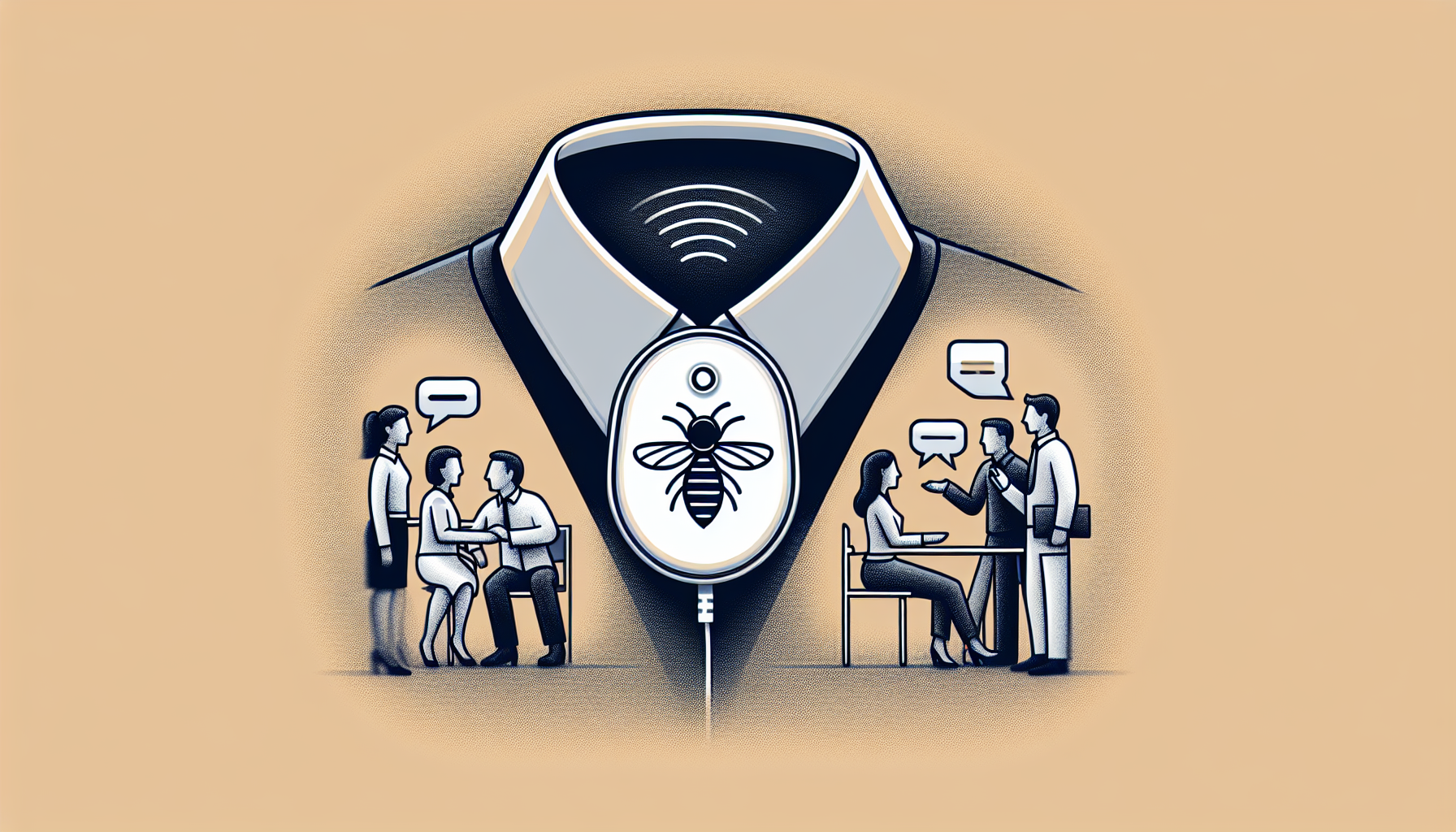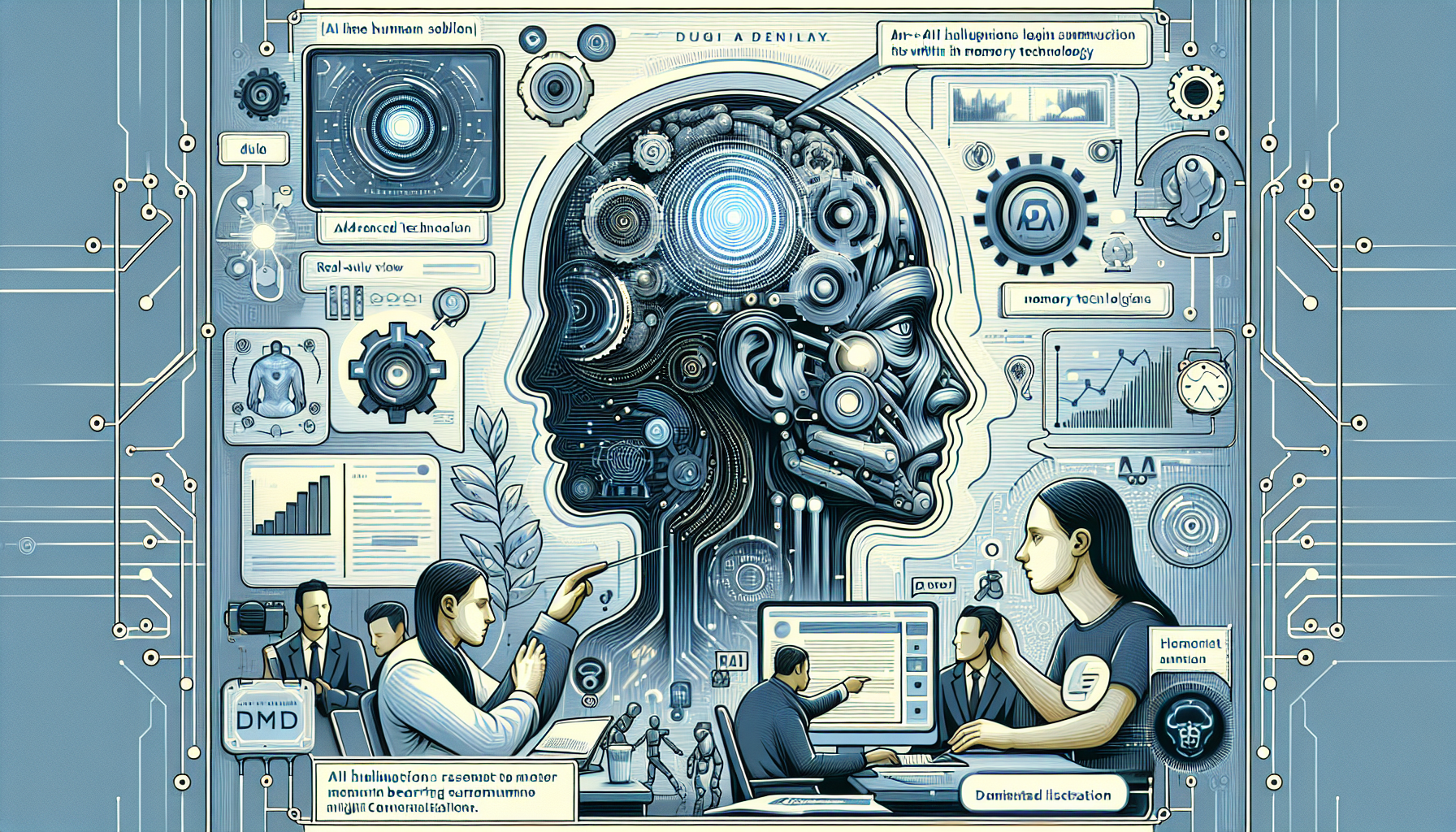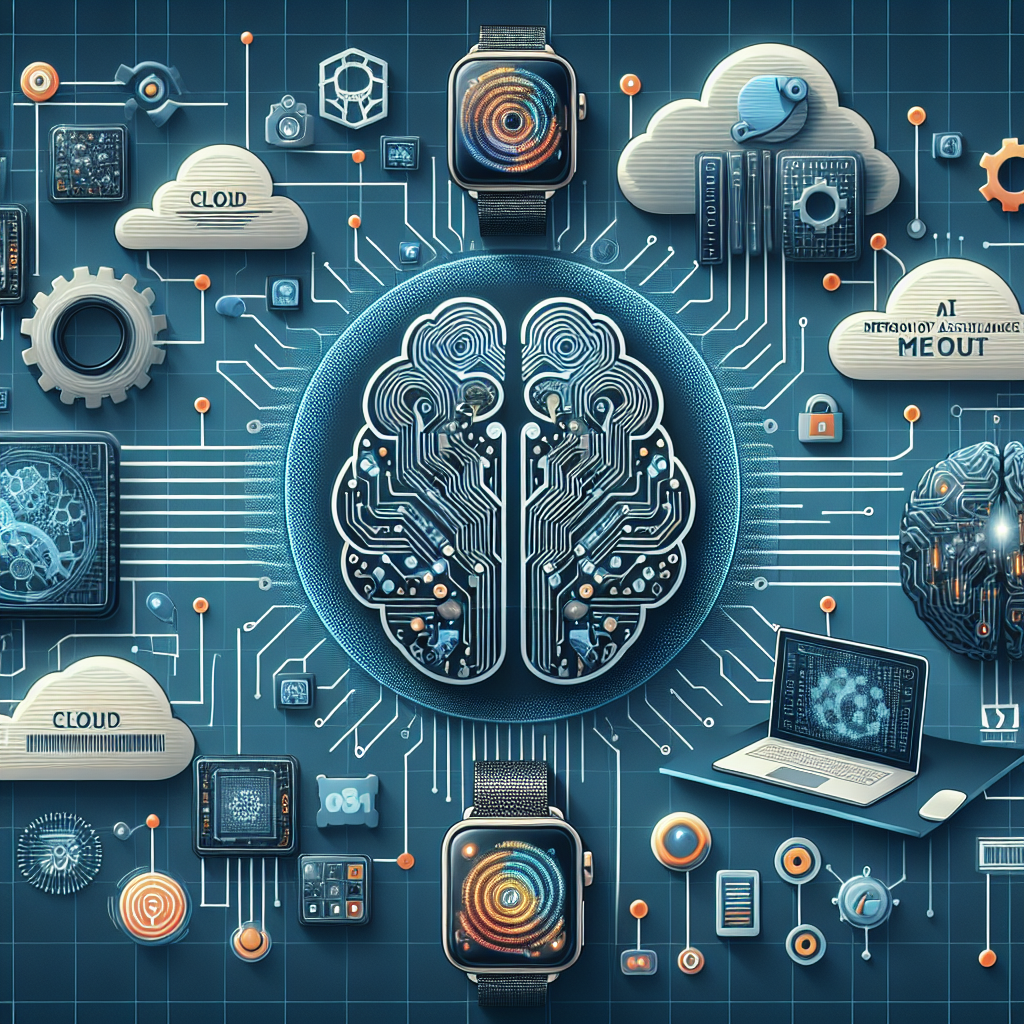AI Memory Assistants: The Promise and Perils of Outsourcing Our Memories to Wearables
In our increasingly digital world, the line between human cognition and artificial assistance continues to blur. The latest entry in this evolving landscape is Bee, a $49.99 AI wearable device designed to function as an external memory system. As technologies like this become more mainstream, they raise fascinating questions about how we remember, what we choose to forget, and whether AI can truly augment human memory in meaningful ways.
Introducing the Bee: Your AI Memory Companion
The Bee is marketed as a "secondary memory" device – a wearable AI assistant that captures snippets of your day through an always-listening microphone. Its core functionality revolves around three key features: summarizing your daily experiences, suggesting to-do items based on your conversations, and providing searchable transcripts of your interactions. At just under $50, it positions itself as a more accessible alternative to premium AI wearables like Humane's AI Pin or Rabbit's r1.
What sets Bee apart is its deliberate focus on memory augmentation rather than trying to be an all-purpose AI assistant. The device aims to solve a universal human problem: our inability to remember everything. For every crystal-clear memory we possess, countless others fade away – conversations we've had, commitments we've made, or fleeting ideas that never make it to our notes app.

The Experience: When AI Becomes Your Memory Bank
According to The Verge's review, the Bee experience is a mixed bag. The device successfully captures and transcribes conversations with reasonable accuracy, creating a searchable record of your day. Its daily summaries highlight key moments and interactions, potentially surfacing details that would otherwise be lost to time.
However, the review reveals significant limitations. The AI-generated summaries sometimes drift into fabrication – creating what amounts to "fanfiction" of your life by inserting details or conclusions that never happened. This phenomenon, known as AI hallucination, becomes particularly problematic when you're relying on the device as a memory aid. If you can't trust your AI memory, what's the point?
The review also highlights how the device made the author question their own recollection of events, creating an unsettling dynamic where human memory and AI-generated summaries compete for authority. This raises profound questions about how memory technologies might reshape our relationship with our own past experiences.
The Memory Augmentation Trend
Bee isn't emerging in isolation – it's part of a growing trend of memory augmentation technologies. From Apple's Journal app to Google's Circle to Search, major tech companies are investing in tools that help us recall, organize, and make sense of information. Even more sophisticated devices like Humane's AI Pin approach similar territory from a higher price point.
The trend speaks to several converging factors:
- Information overload: We're processing more data than ever before, making traditional memory techniques insufficient
- AI capabilities: Advances in natural language processing make devices like Bee technically feasible
- Changing expectations: Users increasingly expect seamless integration between digital tools and cognitive processes
- Aging populations: Memory aids have growing appeal as demographics shift toward older users
What differentiates these newer approaches from simple note-taking apps is their ambient, continuous nature. Instead of requiring deliberate action to capture information, devices like Bee promise to passively record everything, making the entirety of your experience searchable and retrievable.
Privacy and Ethical Considerations
The always-listening nature of memory wearables raises obvious privacy concerns. While Bee appears to process most data on-device, the continuous recording of conversations has implications not just for users but for everyone around them. In many jurisdictions, recording conversations without consent is legally problematic, and the social norms around such technologies remain undeveloped.
Beyond legal concerns, there are deeper ethical questions: Who owns the memories captured by these devices? How might the knowledge that everything is being recorded change behavior? Could reliance on external memory systems ultimately weaken our natural memory capabilities?
These questions don't have simple answers, but they demand careful consideration as memory augmentation technologies proliferate. The balance between augmentation and dependency will likely become a central question as these tools evolve.
Technical Limitations and the Future Path
The current limitations of devices like Bee – inaccurate summaries, battery constraints, and processing capabilities – point to the nascent state of this technology. However, they also suggest a trajectory for future development. As AI models become more accurate, wearable hardware more efficient, and user interfaces more intuitive, the gap between the promise and reality of memory augmentation will likely narrow.
We can anticipate several developments in this space:
- Integration with other personal data sources (calendars, location data, biometrics) for richer context
- More sophisticated on-device processing to preserve privacy while improving accuracy
- Better disambiguation between observed fact and AI inference in summaries
- More natural interfaces for querying and retrieving memories

Implications for Organizations and IT Infrastructure
As memory augmentation devices enter the workplace, organizations will need to establish clear policies around their use. IT departments may need to address questions about:
- Data security when conversations are captured by personal devices
- Integration with existing knowledge management systems
- Compliance with regulations regarding recording and data retention
- Support for employees using memory augmentation tools
For many organizations, these devices present both opportunities and challenges. The ability to better capture institutional knowledge could be valuable, but the privacy and security implications require careful navigation.
What This Means for Binbash Consulting Clients
For our clients at Binbash Consulting, the emergence of AI memory assistants represents another dimension of the evolving AI landscape that requires strategic consideration. As a DevOps and cloud infrastructure partner, we see several key implications:
- Data infrastructure readiness: Memory augmentation tools will generate new streams of personal data that may eventually need enterprise storage and processing solutions
- Security policy updates: Organizations may need to revise security policies to address always-listening devices in sensitive environments
- Integration opportunities: There may be value in connecting memory augmentation tools with existing knowledge management systems
- Compliance considerations: Particularly for clients in regulated industries, memory devices present new compliance challenges
While consumer-grade devices like Bee are just the beginning, they signal a direction for workplace technology that forward-thinking organizations should monitor. As with many emerging technologies, early awareness and policy development can prevent challenges down the road.
Conclusion: The Memory Augmentation Journey Is Just Beginning
Devices like Bee represent an early step in what will likely be a long evolution of memory augmentation technology. While current implementations may fall short of their ambitious promises – delivering fanfiction rather than perfect recall – they point toward a future where the boundary between human memory and AI assistance becomes increasingly porous.
For individuals, organizations, and technology providers, this evolution presents both opportunities and challenges. The core questions remain deeply human ones: How do we want to remember? What should we forget? And can we trust machines to hold our memories?
At Binbash Consulting, we'll continue monitoring these developments and helping our clients navigate the infrastructure and security implications of an increasingly AI-augmented world. While we may not have all the answers yet, asking the right questions is always the first step toward technological wisdom.

